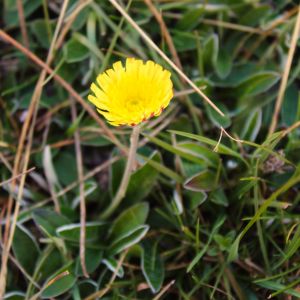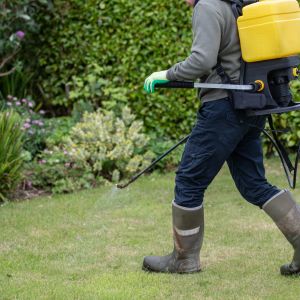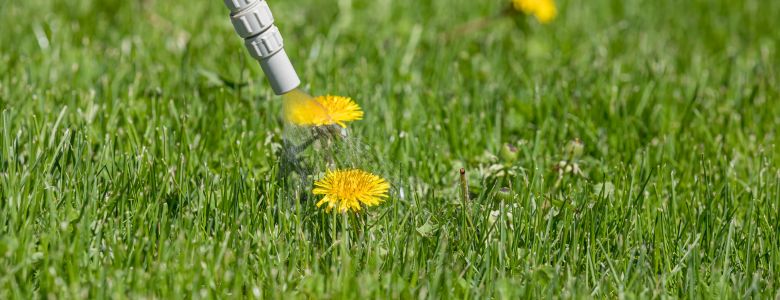Discover effective strategies for eradicating stubborn weeds without relying on harmful chemicals. Weeds can be a nuisance, cropping up where they’re least wanted—flower beds, vegetable gardens, and your pristine lawn. They not only thwart your gardening dreams but also vie with desirable plants for vital nutrients and water, impeding their growth. So, what’s a dedicated gardener to do in this weed-infested battle?
Understanding Your Adversary

Begin by acquainting yourself with the enemy. Weeds can be broadly categorized into two groups:
- Annual Weeds: These pesky intruders complete their life cycle in a single season. They germinate, flourish, produce seeds, and eventually perish. Typically, annual weeds grow rapidly and possess shallow root systems. Some examples include purslane, spurge, and red-rooted pigweed.
- Perennial Weeds: These persistent foes return year after year, equipped with aggressive root systems. Dandelions, mallows, Canada thistles, and Convolvulus arvensis fall into the perennial weed category.
Surprisingly, even cultivated ornamental plants can transform into weeds under specific conditions. Yarrow species, English ivy, and orange hawkweed serve as cautionary examples.
Strategizing Your Weed Control
Having identified your adversaries, it’s time to choose your weapons. Weed control methods encompass cultural approaches, manual labor, mechanical means, biological solutions, and chemical treatments.
In this guide, we’ll delve into manual and mechanical techniques, effective throughout the growing season, and capable of providing robust weed control in most home landscapes and gardens.
Strategies for Weed Prevention

To successfully wage war against weeds, plan your control techniques based on the weed’s seasonal life cycle and keep up the relentless fight.
- Early Intervention: Prevent seedlings from maturing into full-fledged plants. Small weeds with shallow roots are easier to uproot. Employ a hand tiller to extract them, exposing their roots to air, drying them out, and returning nutrients to the soil. This tactic is particularly effective against annual weeds but can also be applied to young perennial varieties.
- Halt Seed Formation: Once your plants bloom and set seeds, it’s only a matter of time before these seeds proliferate. Identify weed flowers and promptly remove them through pulling, pruning, or cutting.
- Undermine Root Systems: Thwart the development of robust root systems by targeting the plants themselves. Pull out, prune, or cut off stems and leaves to deny roots their source of nutrients. When dealing with prickly or sap-producing weeds, gloves are a must.
- Build a Robust Defense: Employ proper planting and gardening techniques to stave off weed invasions. A well-maintained, healthy lawn, achieved through regular fertilization, mowing, and watering, can often outcompete most weeds. Densely planted garden beds with well-covered soil surfaces also discourage weed growth.
- Stay Vigilant: Make weeding a weekly gardening ritual. While complete eradication is unlikely, regular weeding minimizes the time invested and reduces weed presence in your outdoor space.
By following these natural strategies, you can enjoy a weed-free haven for your garden. Revel in the beauty of your thriving plants while triumphing over those pesky weeds, all without the need for harmful chemicals.

